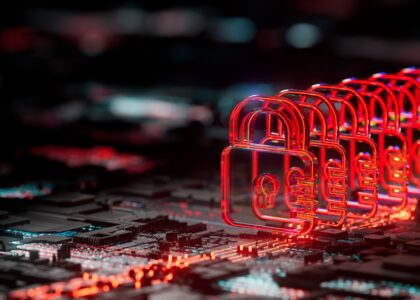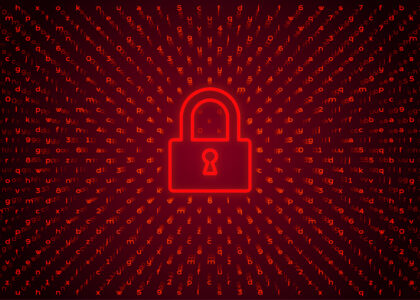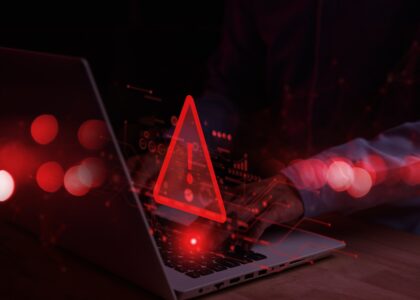In today’s digital world, businesses and individuals alike face growing cybersecurity threats. From massive data breaches to ransomware attacks, the consequences of weak IT protection can be devastating. Here are some real-world events that show exactly what’s at stake when cybersecurity is neglected.
1. Colonial Pipeline Ransomware Attack (2021)
In May 2021, a ransomware attack shut down one of the largest fuel pipelines in the U.S., disrupting fuel supplies across the East Coast. The attackers exploited a single compromised password for a VPN account that lacked multi-factor authentication. The company paid $4.4 million in ransom.
Lesson: Basic protections like strong passwords and two-factor authentication (2FA) can prevent catastrophic infrastructure failures.
2. Equifax Data Breach (2017)
Hackers exploited a known vulnerability in Equifax’s web application software, stealing personal data (including Social Security numbers) of 147 million Americans. The breach could have been prevented with a routine software patch.
Lesson: Regular updates and vulnerability management are non-negotiable in cybersecurity hygiene.

3. MGM Resorts Data Breach (2020–2023)
What began as a 2020 breach escalated into a full-blown ransomware attack in 2023, reportedly costing MGM over $100 million in losses. Attackers used social engineering tactics, specifically, impersonating an employee to gain access to internal systems.
Lesson: Cybersecurity isn’t just about technology, it’s about training your people to recognize threats like phishing and social engineering.
Read the full story on AP News
4. Target Point-of-Sale Attack (2013)
Attackers stole payment card data for over 40 million customers by first breaching a third-party HVAC vendor with weak credentials. Once inside, they moved laterally into Target’s payment systems.
Lesson: Your supply chain is only as strong as its weakest link. Vendor access should be strictly controlled and monitored.
5. Uber Breach (2022)
A hacker gained access to Uber’s internal systems, including source code and financial data, simply by tricking an employee into approving a 2FA request. Once in, they publicly exposed internal dashboards and communications.
Lesson: Even 2FA can be defeated if employees aren’t trained to spot social engineering tricks like MFA fatigue.
Takeaways for Your Business
- Regularly update and patch all systems to close known vulnerabilities.
- Use strong, unique passwords and enable MFA everywhere possible.
- Invest in employee training — people are often the weakest link.
- Audit third-party vendors and limit their access to your network.
- Have an incident response plan ready before you need it.
Cybersecurity isn’t optional, it’s essential. If these high-profile companies can be breached, so can any business. The good news? With the right protections in place, most cyberattacks are preventable.
Learn more about how Nullayer can help with your cybersecurity needs.






